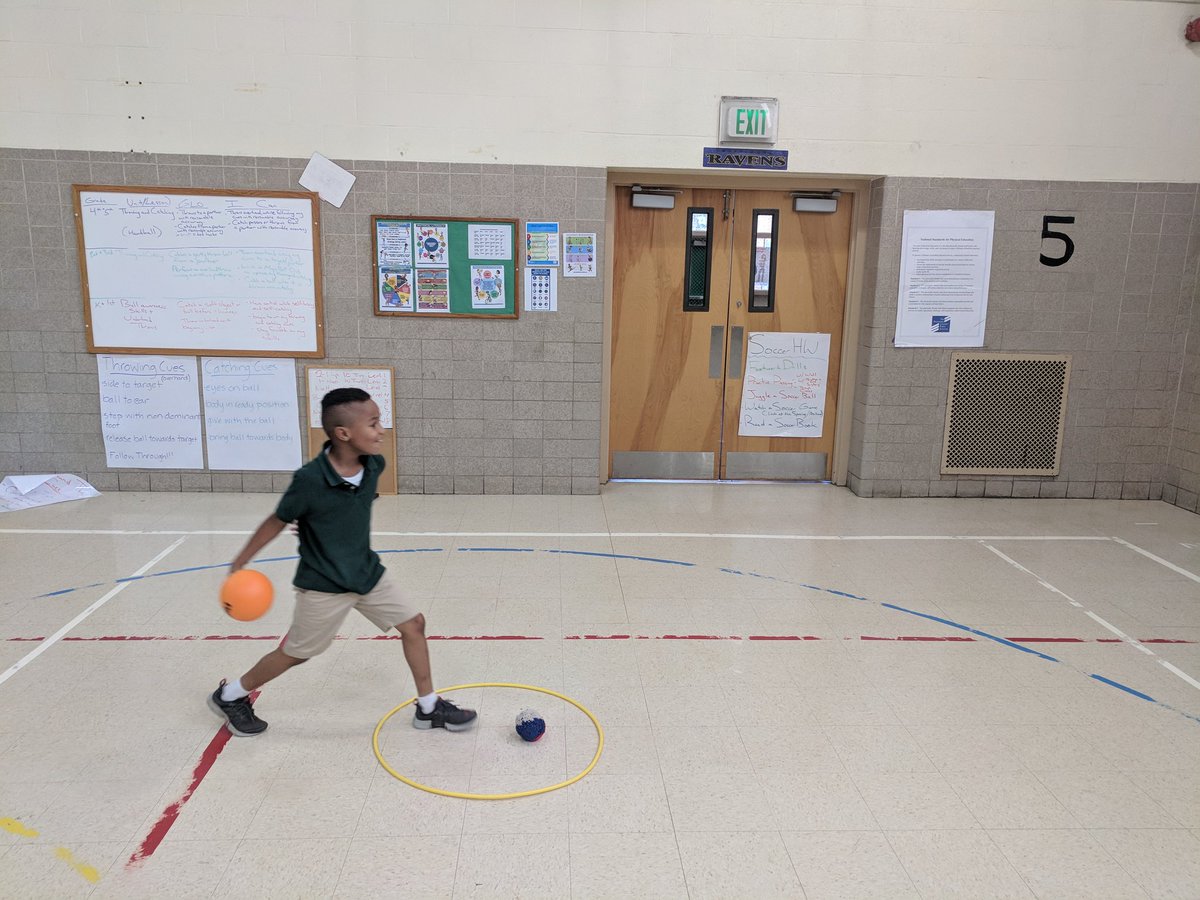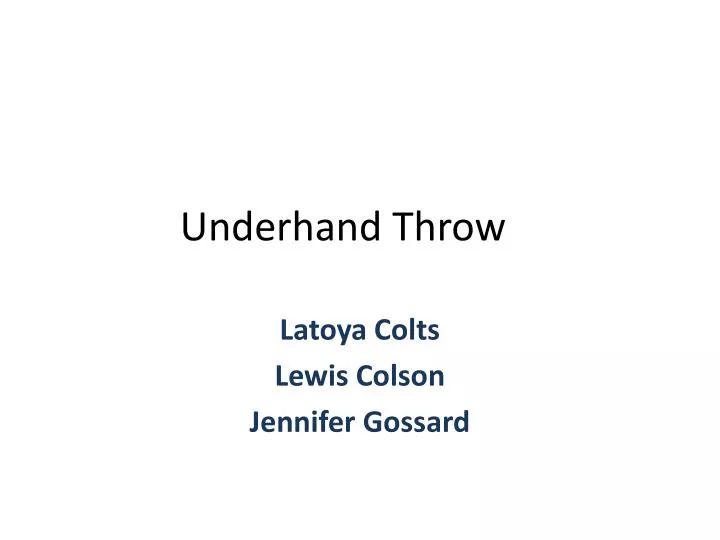
Here’s an example of super simple throw and catch stations with Kindergarten.

Challenge students to keep one foot on a polyspot when throwing and catchingįor the younger students (K- 1st graders), I go over the underhand throw cues and catching cues at the same time, but don’t discuss overhand throwing yet.Self Toss and catch the ball 8 in a row.

Having the same directions makes it much more simple for the young students to understand what to do since they repeat the same thing at every station, but are using a different ball.

I’ve always found it really helpful to have kids visualize the skill and go through the motions without the ball before we get into the task or activity, this will increase their chances of performing it correctly once they have a ball in their hand.įor the station activities you see in the video, I have the exact same directions at EVERY SINGLE STATION, and switch up the type of ball to change the station. Visualization ExerciseĪs you see in the video I do a visualization exercise with my students before we begin. I always take time in discussing these, making sure that everyone is on the same page. If the ball is more likely going under their belly button, their pinkies would be together or in hands down position. If the ball coming towards them is more likely going over their belly button, their thumbs should be together or similar to a hands-up position. I also like to discuss with kids the concept of catching with thumbs together or pinkies together.

Be patient with them, everyone is going to make mistakes at first! X Research source Make gentle corrections to older kids and adults so they don’t get discouraged. Refrain from correcting younger kids around age 6 or 7 too much and have them focus on just throwing and having fun. Keep it fun and be patient with your throwers.


 0 kommentar(er)
0 kommentar(er)
